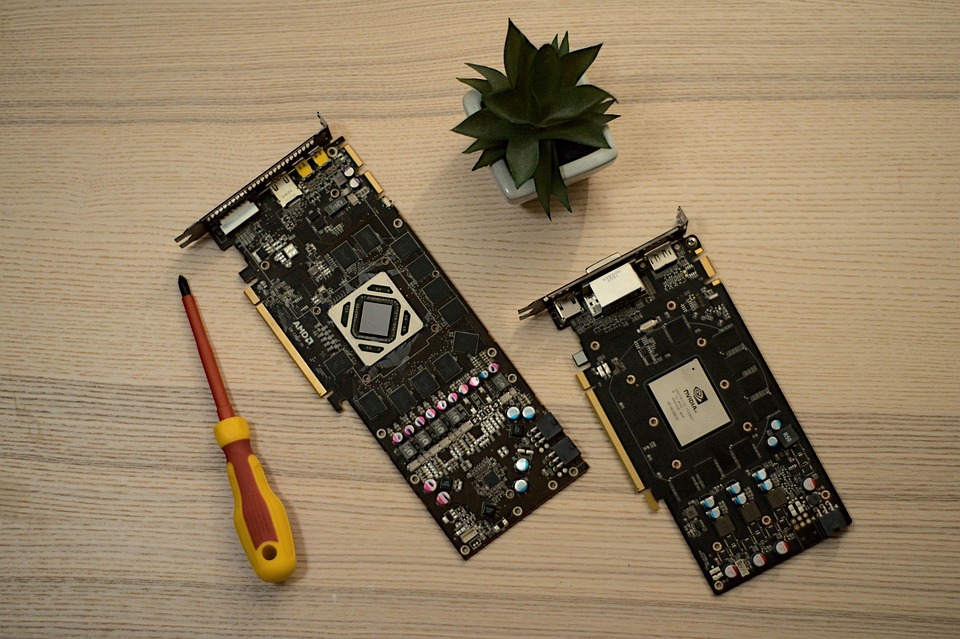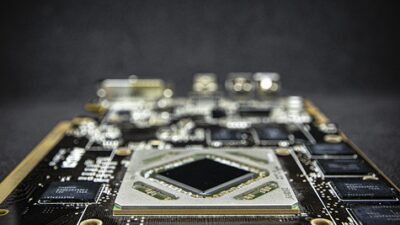Since its inception in 1993, NVIDIA has played a pivotal role in revolutionizing the gaming industry through its groundbreaking graphics technology. Among its innovations, the GeForce series has emerged as a cornerstone, continuously pushing the boundaries of visual fidelity and gaming performance. This article explores the evolution of NVIDIA GeForce, from its early days to the present, highlighting its impact on the gaming landscape.
The Birth of a Giant: The 1990s
NVIDIA was founded with a mission to create high-performance graphics processing units (GPUs). The introduction of the GeForce 256 in 1999 marked a significant milestone, as it was the first graphics card to be marketed as a GPU, featuring hardware transformation and lighting capabilities. This architecture enabled developers to create richer and more immersive 3D environments, setting the stage for the future of gaming.
The Rise of 3D Gaming: Early 2000s
As the gaming industry began to transition from 2D to 3D graphics, the GeForce 2 and GeForce 3 series further solidified NVIDIA’s leadership. The GeForce 3, released in 2001, was particularly noteworthy for introducing programmable shaders, allowing developers to create more complex lighting effects and realistic textures. Games like "Halo: Combat Evolved" and "Grand Theft Auto III" showcased these enhancements, captivating players and pushing graphics to new heights.
The Era of Advanced Graphics: Mid 2000s
The introduction of the GeForce 6 series in 2004 was pivotal, as it brought support for Shader Model 3.0. This era witnessed the jump to HD gaming, with titles such as "Half-Life 2" and "Far Cry" demonstrating the power of NVIDIA’s GPUs. The introduction of SLI (Scalable Link Interface) technology allowed gamers to combine multiple GPUs for enhanced performance, further solidifying NVIDIA’s reputation as a powerhouse in gaming graphics.
The Dawn of High Definition: Late 2000s
With the release of the GeForce 8 series in 2006, NVIDIA entered a new phase characterized by the support for DirectX 10. This heralded the age of high-definition gaming, dramatically improving the quality of graphics in both PCs and consoles. The stunning visuals in games like "Crysis" pushed the limits of hardware and became synonymous with advanced graphics capabilities, showcasing the need for powerful GPUs.
The GPGPU Revolution: 2010s
NVIDIA capitalized on a trend known as GPGPU (General-Purpose computing on Graphics Processing Units) in the early 2010s, allowing GPUs to perform complex calculations beyond traditional graphics tasks. The introduction of CUDA (Compute Unified Device Architecture) enabled developers to harness GPU power for a variety of applications, from scientific simulations to AI.
The GeForce GTX 10 series, launched in 2016, was a significant leap forward, featuring Pascal architecture. With incredible performance improvements and energy efficiency, the GTX 1080 became the go-to choice for gamers. This era also saw the rise of virtual reality (VR), with NVIDIA providing the necessary performance and support for VR platforms.
Ray Tracing and AI: Late 2010s to Present
In 2018, NVIDIA unveiled the Turing architecture with the GeForce RTX series, introducing real-time ray tracing and AI-driven features. This marked a revolutionary step in graphics, allowing for incredibly realistic lighting, shadows, and reflections in real-time. Titles like "Cyberpunk 2077" showcased these capabilities, offering gamers an immersive experience unlike any other.
The subsequent release of the Ampere architecture in 2020 further enhanced performance and efficiency, solidifying GeForce’s place in the hearts of gamers. The RTX 30 series, equipped with advanced technologies like DLSS (Deep Learning Super Sampling), enabled gamers to achieve high frames per second without compromising on visual quality.
Conclusion
NVIDIA GeForce has come a long way since its inception, adapting to the changing needs of gamers and pushing the boundaries of what is possible in graphics performance. As technology continues to progress, the future of gaming graphics looks brighter than ever, with NVIDIA at the forefront of innovation. From the early days of 3D rendering to the latest advancements in ray tracing and AI, the evolution of GeForce has not only transformed gaming but has also redefined the entire landscape of visual technology. The legacy of NVIDIA GeForce continues to shape the future of gaming, ensuring that players can enjoy increasingly immersive and visually stunning experiences.



